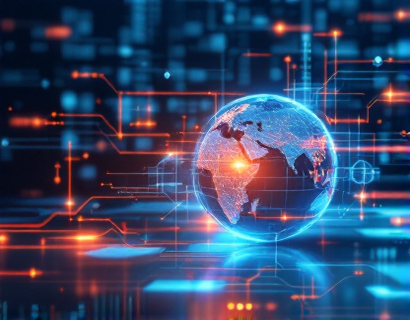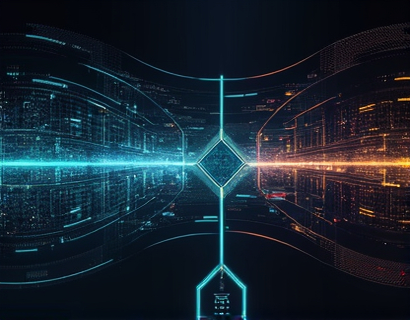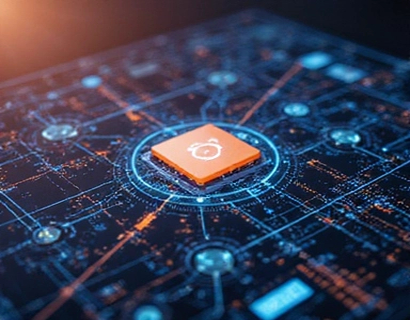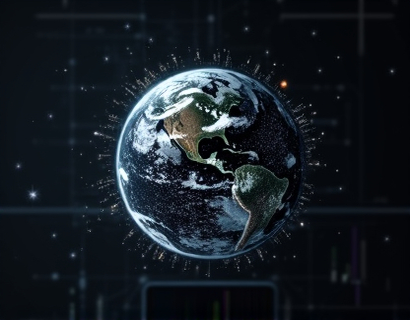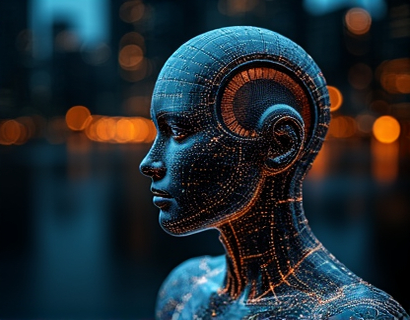Automated Document Translation: Revolutionizing Global Communication with AI-Powered Multilingual Solutions
In an increasingly globalized world, the need for efficient and accurate multilingual communication has become paramount. Businesses and individuals are constantly seeking ways to bridge language barriers to enhance collaboration, expand markets, and improve understanding across cultures. Automated document translation, powered by advanced AI technologies, has emerged as a revolutionary solution to this challenge. This article delves into the transformative impact of AI-driven document translation software, highlighting its capabilities, benefits, and the ways it is reshaping global communication.
The Rise of AI-Powered Document Translation
The evolution of translation technology has been remarkable, transitioning from rule-based systems to sophisticated AI models. Traditional methods relied heavily on predefined rules and dictionaries, often resulting in translations that lacked nuance and context. The advent of machine learning and deep learning has changed the landscape, enabling systems to learn from vast amounts of data and improve over time. AI-powered document translation leverages these advancements to provide more accurate, natural, and culturally sensitive translations.
How AI-Driven Translation Works
At the core of AI-driven document translation is a combination of natural language processing (NLP) and neural machine translation (NMT). NLP allows the system to understand and interpret the context, intent, and nuances of human language. NMT, on the other hand, uses neural networks to generate translations that are not only linguistically correct but also contextually appropriate. These technologies work together to break down complex sentences, recognize idioms, and maintain the tone and style of the original text, ensuring that the translated document is both accurate and culturally relevant.
Benefits of Automated Document Translation
The advantages of using AI-powered document translation are numerous and significant. Firstly, it drastically reduces the time and resources required for manual translation. Automated systems can process large volumes of text quickly, making them ideal for businesses dealing with extensive documentation, such as legal files, technical manuals, and marketing materials. This efficiency translates to cost savings and faster time-to-market for global products and services.
Accuracy is another critical benefit. While no system is perfect, AI-driven translation has significantly improved in recent years, achieving human-like accuracy in many cases. The continuous learning and adaptation of these systems ensure that they become more reliable over time. Moreover, the cultural sensitivity of AI translations helps avoid misunderstandings and miscommunications that can arise from literal translations, thereby fostering better international relationships and collaboration.
Enhancing International Collaboration
The impact of AI-powered document translation on international collaboration cannot be overstated. In a global business environment, the ability to communicate seamlessly across languages is crucial. AI translation tools enable teams from different parts of the world to work together more effectively, share ideas, and make decisions in real-time. This is particularly beneficial for multinational corporations, research institutions, and international projects where collaboration is key to success.
In the academic realm, AI translation facilitates the sharing of knowledge and research across linguistic boundaries. Scholars can access a broader range of sources, collaborate on global projects, and publish their findings to a wider audience without the hindrance of language barriers. This democratization of information promotes innovation and accelerates scientific progress.
Streamlining Workflows
For organizations, integrating AI-driven document translation into their workflows can lead to significant improvements in efficiency and productivity. Automated translation tools can be seamlessly integrated with existing document management systems, CRM platforms, and collaboration tools. This integration allows for real-time translation of documents as they are created, edited, or shared, ensuring that all team members have access to accurate and up-to-date information in their preferred language.
Moreover, these tools often come with user-friendly interfaces and customizable settings, making them accessible to users with varying levels of technical expertise. This ease of use encourages adoption and maximizes the benefits of automated translation across the organization.
Challenges and Limitations
Despite its many advantages, AI-powered document translation is not without challenges. One of the primary concerns is the quality of translation, especially for low-resource languages or highly specialized content. While AI has made significant strides, certain domains such as legal, medical, and technical translations still require human oversight to ensure precision and compliance with industry standards.
Another challenge is the potential loss of nuance and context in automated translations. While modern AI models are adept at handling complex sentences and idiomatic expressions, there are still instances where human judgment is necessary to capture the full meaning and intent of the original text. Therefore, a hybrid approach that combines AI translation with human review is often the most effective strategy.
Future Trends in AI-Driven Translation
The future of AI-powered document translation is promising, with ongoing research and development poised to address current limitations and introduce new capabilities. One area of focus is the improvement of low-resource language support, ensuring that more languages benefit from advanced translation technologies. This is crucial for fostering global inclusivity and ensuring that all languages have equal representation in the digital world.
Another exciting development is the integration of multimodal translation, where AI systems can translate not only text but also speech, images, and videos. This capability will further enhance cross-cultural communication, making it easier for people to consume and share content across different media formats.
Additionally, the incorporation of emotional intelligence and sentiment analysis into translation models will allow for more nuanced and empathetic communications. This will be particularly valuable in fields such as customer service, marketing, and diplomacy, where understanding and conveying emotions is essential.
Conclusion
AI-powered document translation is revolutionizing global communication by providing precise, culturally sensitive, and efficient multilingual solutions. As the technology continues to evolve, it will play an increasingly vital role in breaking down language barriers and fostering international collaboration. For businesses and individuals alike, embracing these advanced translation tools can lead to significant improvements in productivity, accuracy, and global reach. In a world where communication knows no bounds, AI-driven translation is the key to unlocking new opportunities and driving progress.









